Ronda is about 100 km from Fuengirola. Take the A7 motorway towards Marbella and you will see a sign for Ronda. Follow the mountain road, Ronda is located at an altitude of about 800 metres. It is a fantastically narrow and curvy road with railings so even though it is a steep road, it never feels uncomfortable. MC riders gather on weekends and “pull the iron” in the hairpin curves, worth the trip just that. Halfway up to Ronda you should stop at the motorbike café and look at all the cool motorbikes.
Don’t miss the bar way up to Ronda
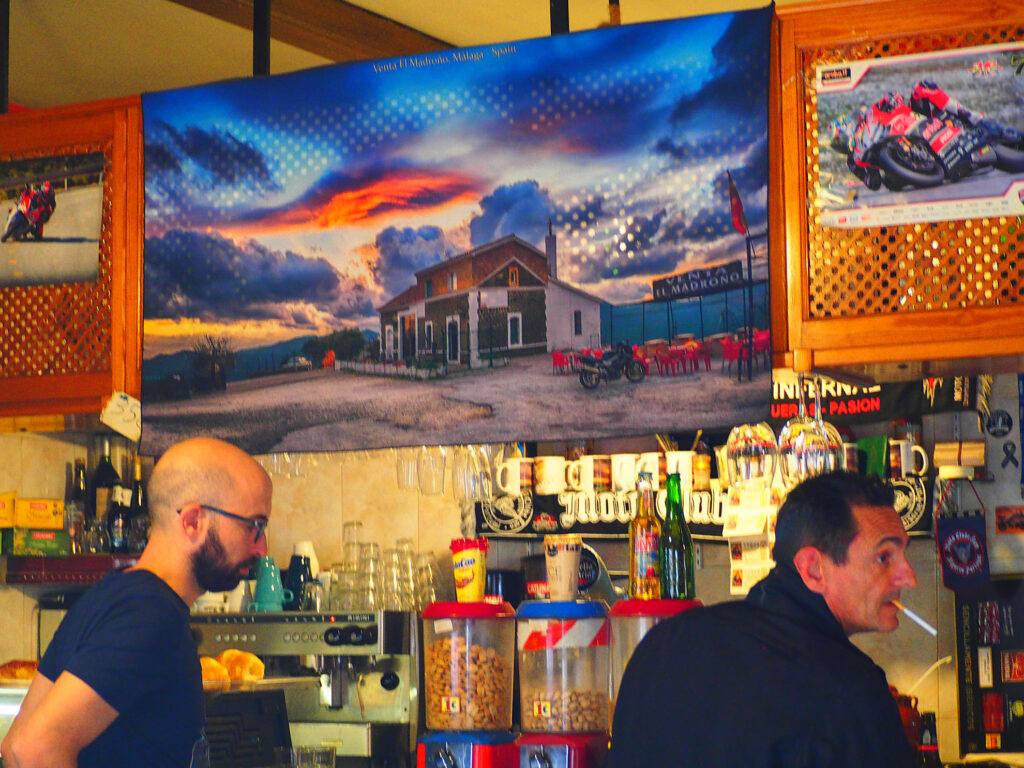
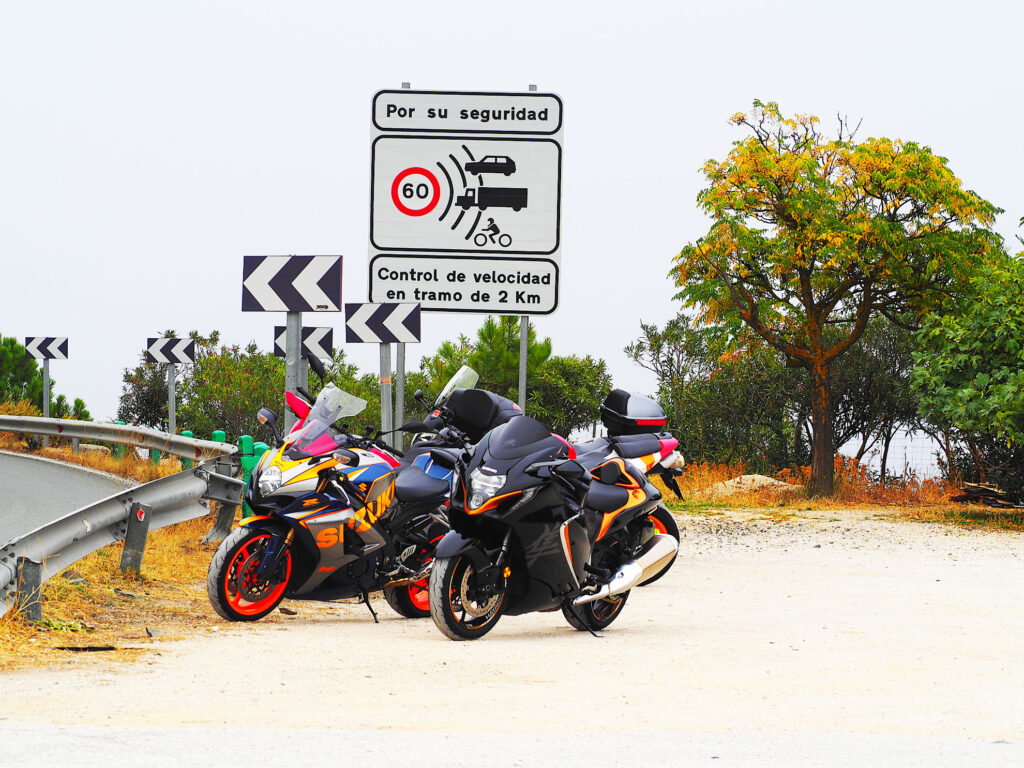
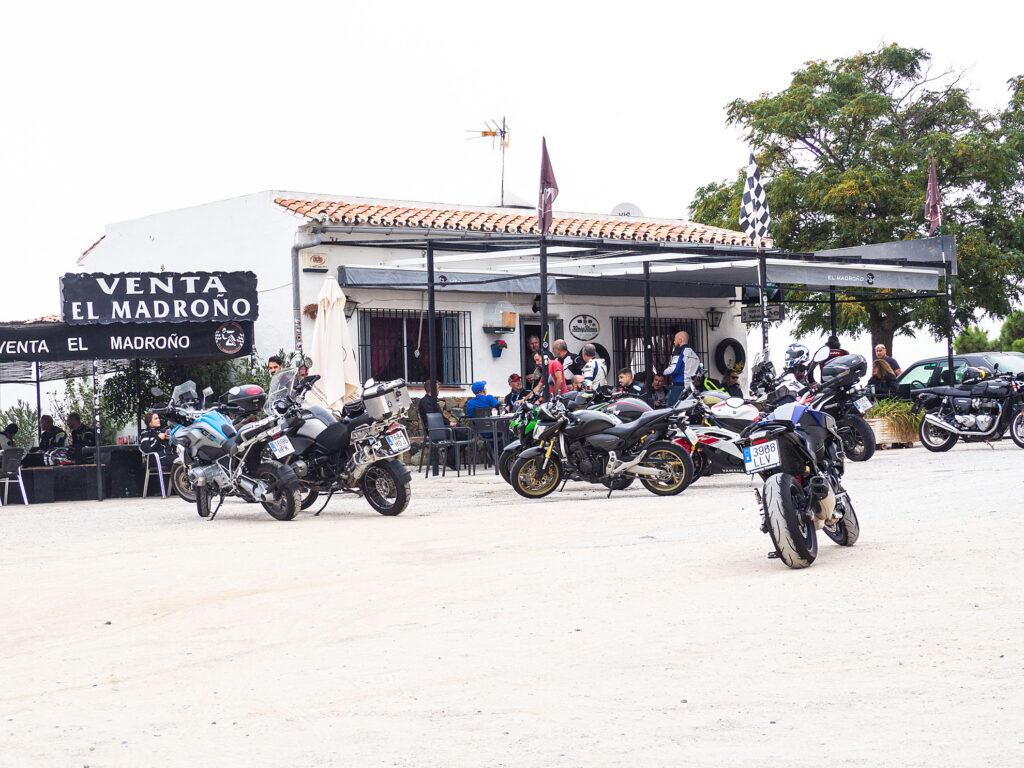
Rondas 12 at the top
- Puente Nuevo, the new bridge, is Ronda’s most famous landmark. The bridge connects the oldest Moorish part with the newer part, known as El Mercadillo. The views are stunning and you can also hike down to see the bridge from the inside and continue down the gap via the Camino de los Molinos trail.
- Plaza de Toros, the bullring called Real Maestranza is one of the oldest and most beautiful in Spain. It was built in 1785 by Jose Martin Adelhuela, the same architect who built Puente Nuevo. You can visit the museum with an audio guide.
- The Baños Arabes, the Arab baths built in the late 14th century, are the best preserved in Spain. The large boiler used to heat the water is still in good condition.
- Palacio del Rey Moro, residence of the Moorish King Almonated. The building dates from the 19th century but was renovated in 1920. The gardens are designed with inspiration from the French architect Jean Claude Fores. From the garden you can get down to the “mine” La Mina. The staircase is 231 steps that the Moors carved into the rock to access the river where they drew water. The residents of La Mina only had access to this water, and down the stairwell slaves were chained so they could carry bags of water up to the town. Address Calle Santo Domingo.
- The city walls of Ronda. Ronda has been one of Andalusia’s most impregnable cities. Partly because of its cliff-top location, partly because of its great walls, which the Moors built as the city grew. The largest and most guarded gate was Puerta Almocabar, which was named after the Moorish cemetery that was right next to it. It is also worth seeing the piece of wall, called Murallas del Carmen, next to the Iglesia del Espiritu Santo church. The wall has recently been renovated and is, among other things, the venue for various cultural events such as performances in the summer.
- Plaza Duquesa de Parcent, one of Ronda’s most beautiful squares, is decorated with several monuments. Its main attraction is the Iglesia Santa Maria del Mayor, a church built in a mixture of Gothic and Renaissance styles, which took more than 200 years to construct.
- Jardines de Cuenca, the Cuenca gardens are laid out as layers of terraces winding along the edge of the El Tajo ravine. The views from the gardens are absolutely stunning and give you an opportunity to see Ronda from a completely different angle. The gardens are dedicated to Ronda’s sister village, Cuenca, which is famous for its las casas colgantes, ‘the hanging houses’, built right on the edge of the huge ravine that runs alongside Cuenca.
- Balcón del Coño and Aldehuela, two of the most famous and most visited starting points in Ronda are the “floating balcony” Balcon del Cono, and the Mirador de Aldehuela located just off Puente Nuevo.
- Wine tasting in Ronda, the town has recently been included in the official wine routes through Spain. You can visit a simple winery like the famous Bodega Descalzos Viejos or you can follow a route that takes you past some of Ronda’s best wineries, each with its own charming character.
- Cueva del Gato, Benaoján, Cueva del Gato “cat cave”, the natural freshwater pools have just been included in Andalusia in the list of natural monuments. They are about 20 minutes’ drive from Ronda. Goggle maps should find it.
- Setenil de las bodegas this is a lovely place about 30 km north of Ronda. It is a village that is embedded in the mountain and is fully adapted to the hilly landscape.
- The blue village, Júzcar, on the way up to Ronda or on the way down, whatever you like, you can visit Júzcar which is located in the heart of the Serranía de Ronda and in the natural area of the Genal Valley. All its houses and buildings are completely painted blue.
Los Pueblos Blancos
Ronda is the most famous of ‘los pueblos blancos’, the white villages, a number of Arab villages scattered between Málaga, Algeciras and Seville. About 40,000 people live in Ronda but it is visited by 75,000 tourists daily during the high season. The surroundings are breathtaking, and the drive up and the views alone are worth the trip.
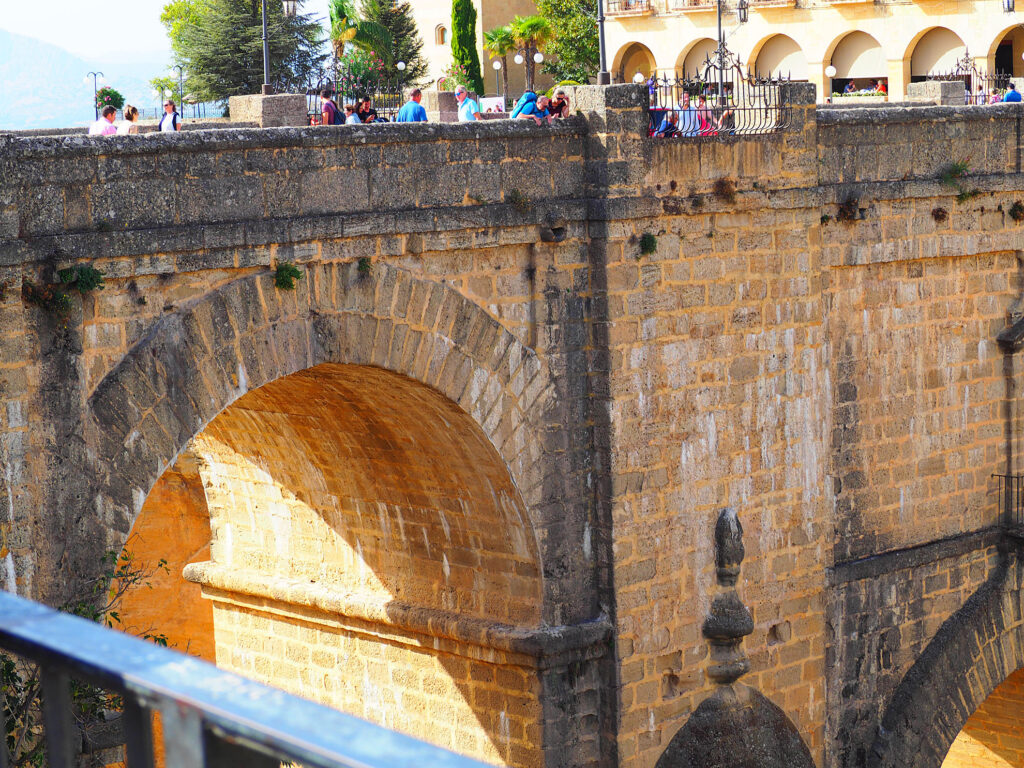
One of Spain’s oldest cities
Ronda is one of Spain’s oldest cities and is located in a very mountainous area 800 metres above sea level. The city is divided by a 120 metre deep ravine, el Tajo, formed by the river Guadalevín. Three bridges cross the gorge, a Roman one built more than 2,000 years ago, a Moorish one called Puente Arabe and one that was started in 1751 and only completed in 1793. It is called Puente Nuevo.
Ernest Hemingway
Ernest Hemingway is one of the many artists and writers who spent time in Ronda and his novel ‘The Bell Tolls for You’ is said to be inspired by the murders carried out by the Republicans by throwing their opponents off the cliffs above El Tajo.
The bullring
Ronda’s bullring is one of the oldest and best preserved in Spain. The great matador Pedro Romero lived here and is considered to be the founder of modern bullfighting. Inside the bullring there is a small museum, and the famous artist Goya drew by Romero and his colleagues.
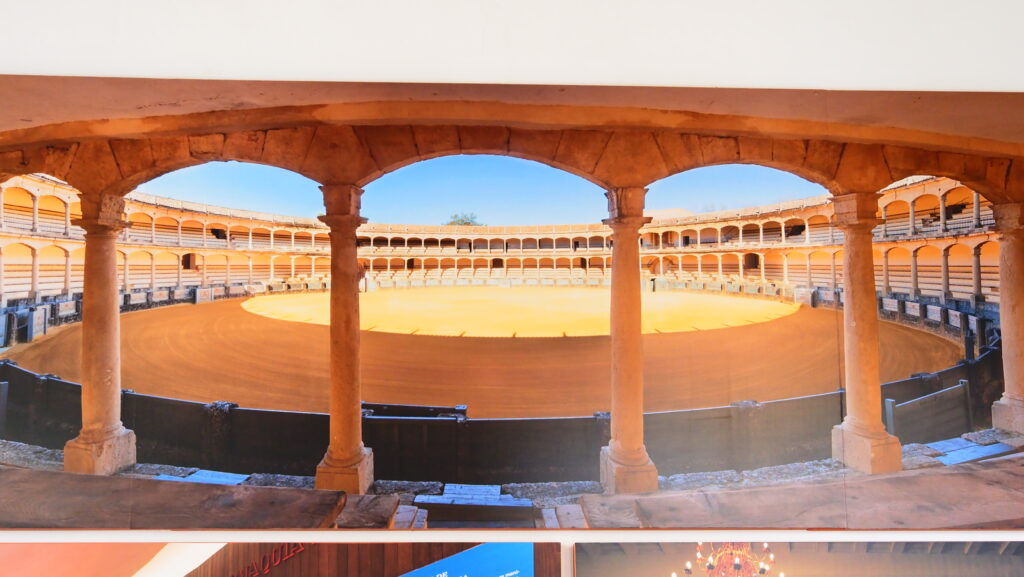
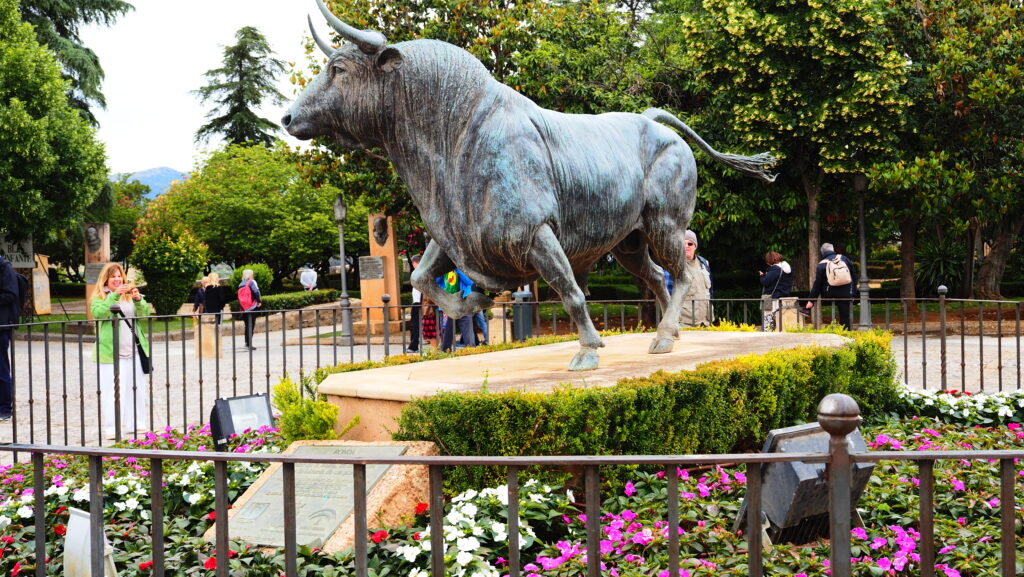
El Tajo Ravine

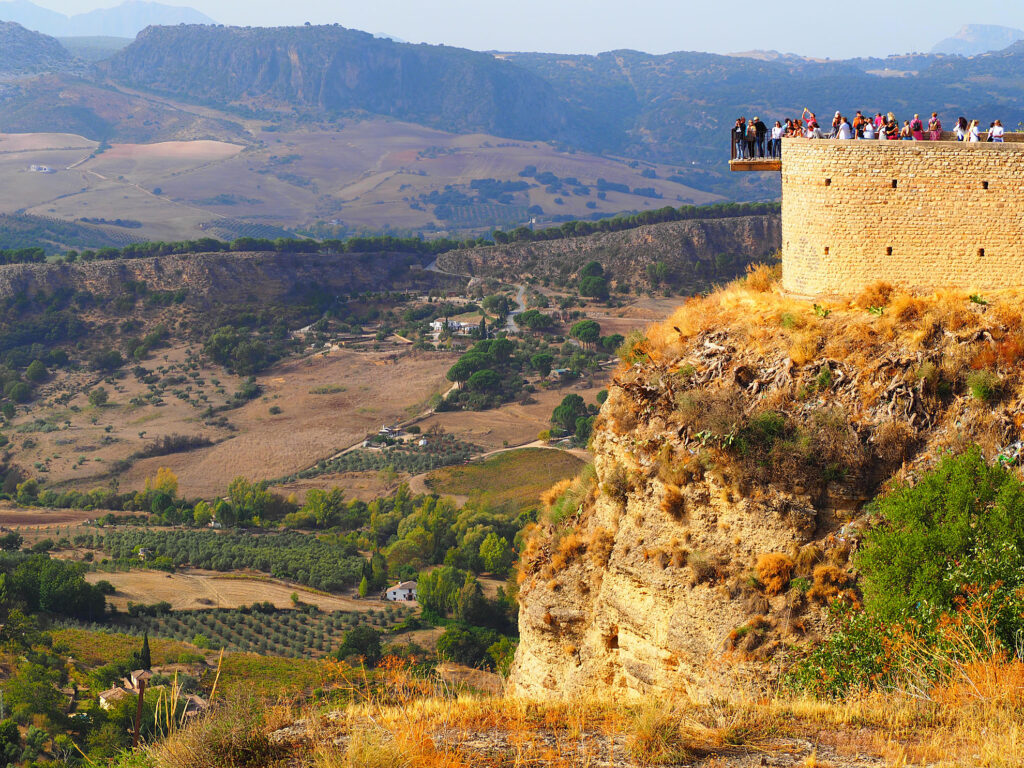

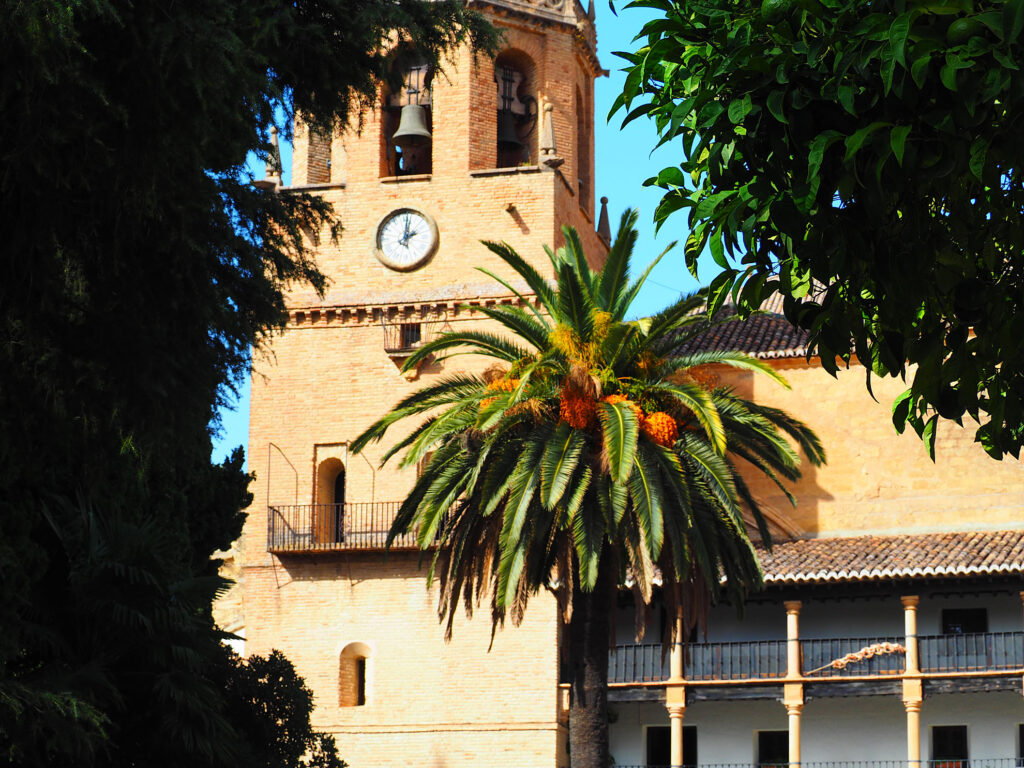
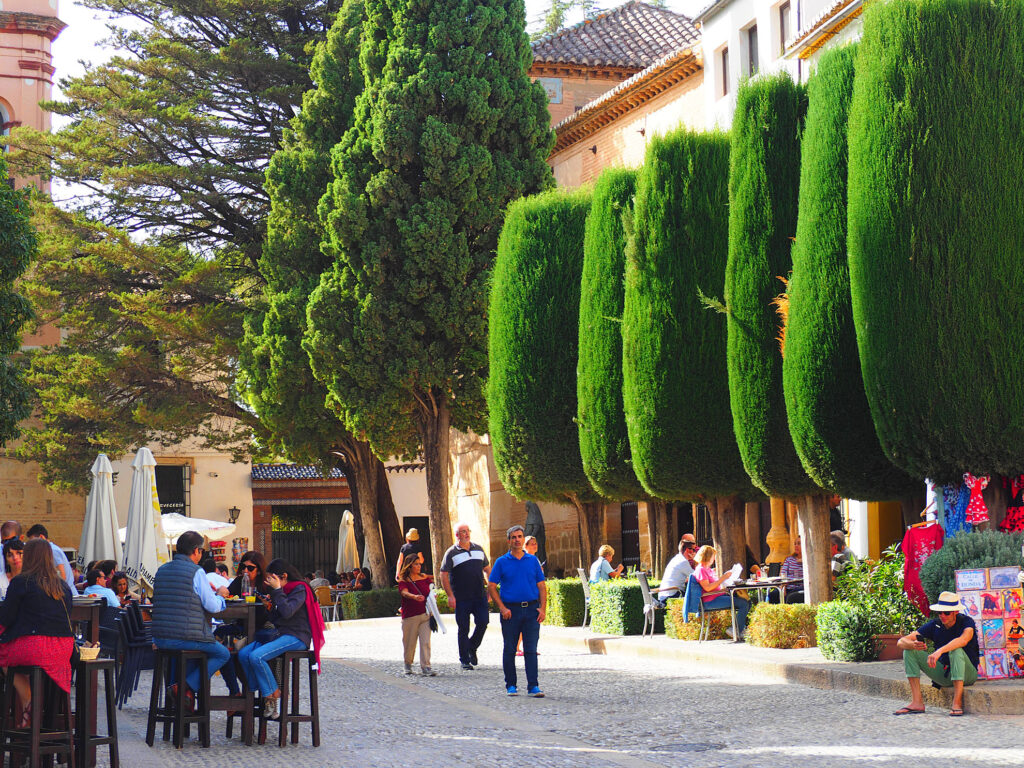
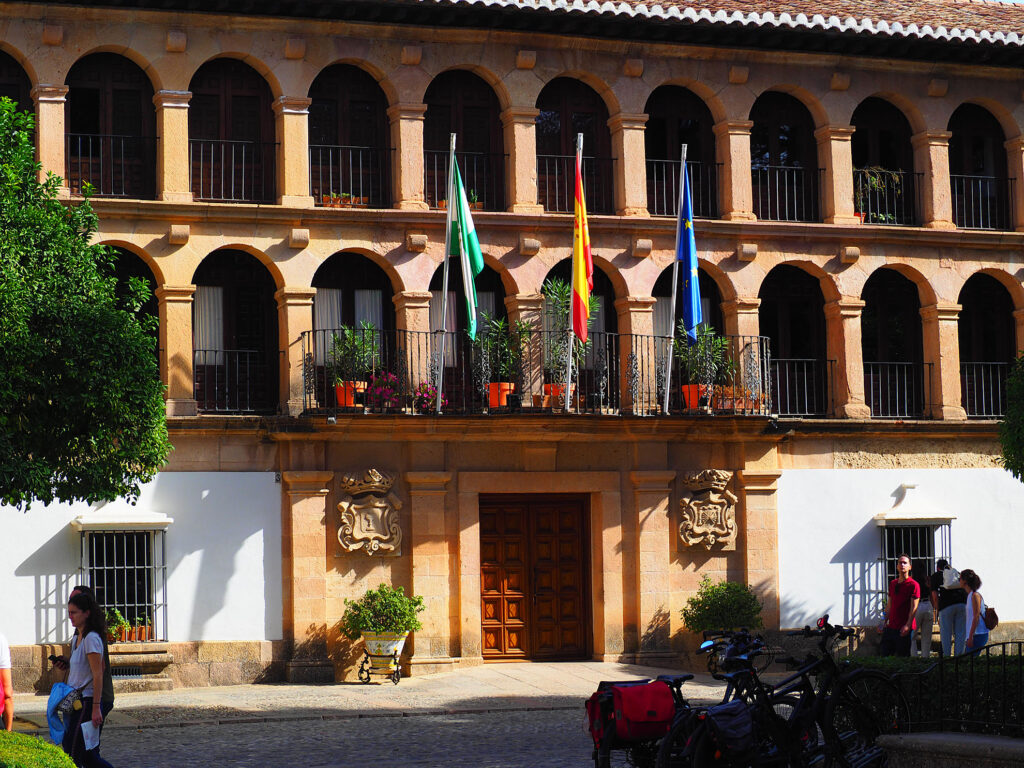
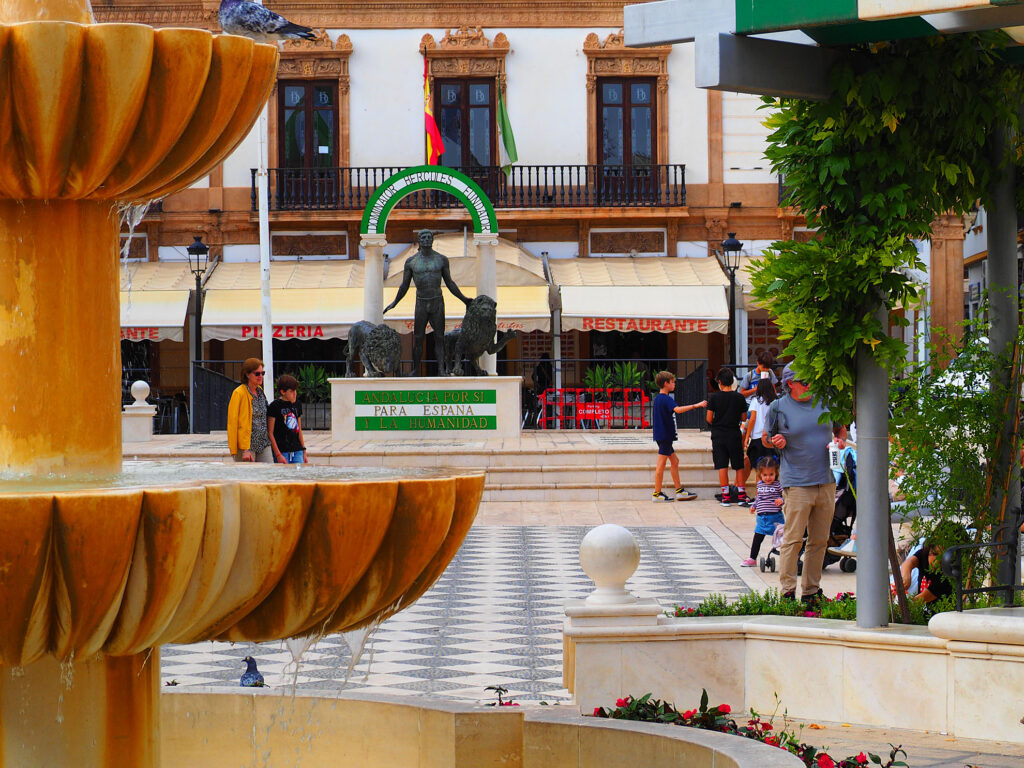

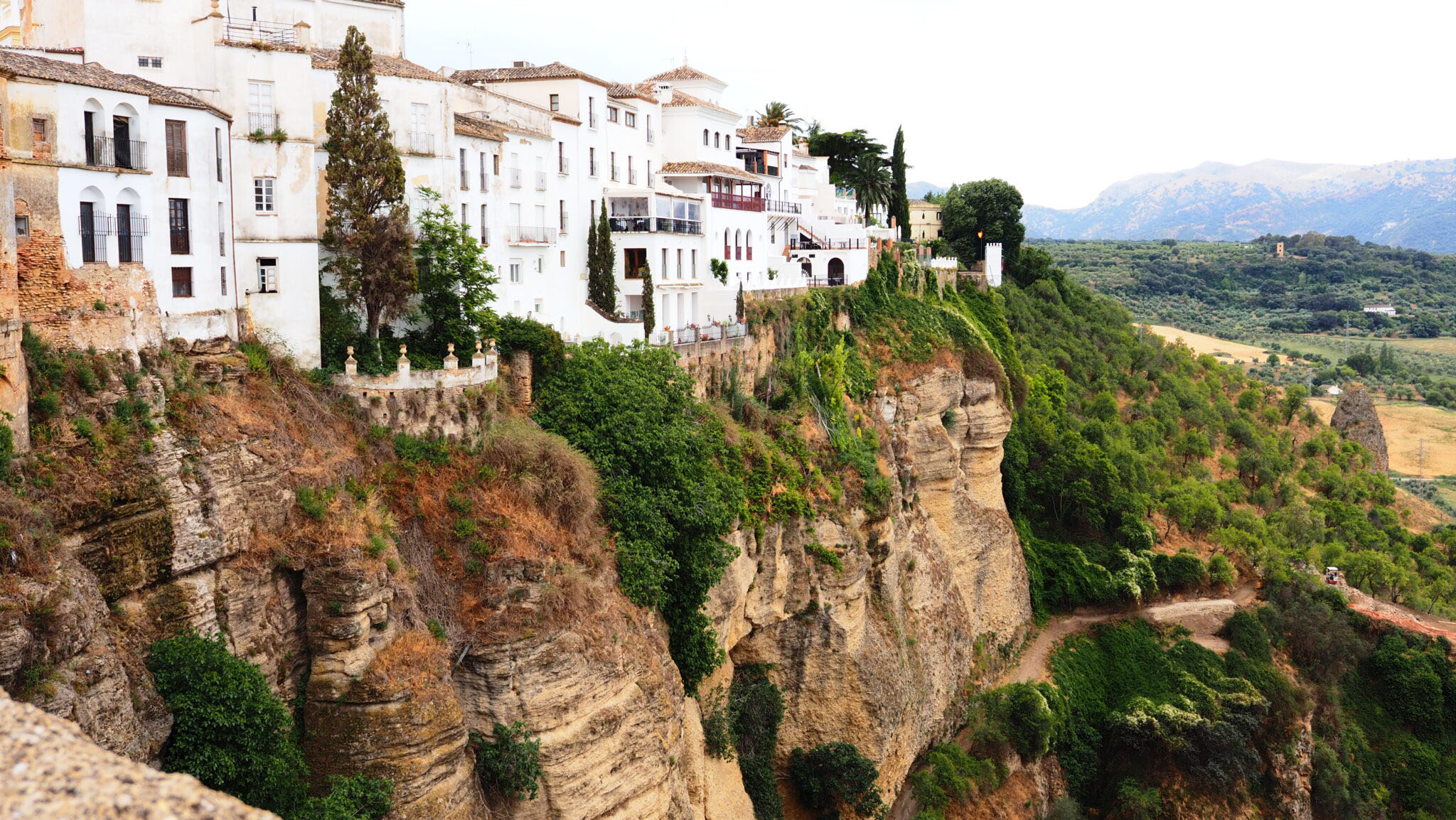
Leave a Reply